Old buildings possess a unique charm, whispering tales of bygone eras through their architecture and craftsmanship. But modernizing these historic structures presents a unique set of challenges. How do you preserve the past while ensuring the building meets today's standards for safety, efficiency, and functionality? The answer, increasingly, lies in the strategic use of steel framing.
Read More
Topics:
Steel Studs,
building,
fasteners,
Tools,
ET&F,
steel framing,
steel construction,
steel structure
Although it often goes unnoticed, earthquake resistance is a critical aspect of architectural design. Steel framing can significantly improve a building's ability to withstand seismic activity due to its inherent flexibility, high strength to weight ratio, and ductile nature which allows it to absorb and dissipate seismic energy. Here, we will learn more about these properties as well as highlight the ET&F® (a BECK brand) fastening systems, which are particularly suited for light gauge steel structures.
Read More
Topics:
Steel Studs,
Steel Thread,
ET&F,
steel framing,
steel construction,
steel structure,
earthquake resistance
In the world of manufacturing, especially in the trailer industry, the importance of reliable fastening solutions cannot be overstated. From tractor trailers to modular and mobile homes, the integrity of these structures’ hinges on the strength and durability of their fasteners. As technology evolves, so too do the fastening solutions available to manufacturers, leading to improved efficiency, safety, and overall product quality. Here we’ll explore the evolution of fastening technology in trailer manufacturing and take a closer look at the ET&F® (a BECK brand) SCRAIL® STEELTHREAD STRUCTURAL nail screw fastener.
Read More
Topics:
Construction Fasteners,
Scrail Fasteners,
Steel Studs,
Tools,
Steel Thread,
ET&F,
steel framing,
modular construction,
nail screws,
steel construction,
steel structure,
metal structures,
model 710
Understanding the Basics of Steel Framing
Steel framing is a popular choice in modern construction due to its durability, strength, and resistance to environmental factors like termites and rot. Unlike traditional wood framing, steel framing uses a network of steel components to create the structure of a building.
Understanding the basics of steel framing involves knowing the different types of steel members, such as studs, tracks, and joists, as well as the methods for joining them together. This knowledge is crucial for ensuring the structural integrity of your project.
Read More
Topics:
Steel Studs,
Tools,
metal studs,
ET&F,
steel framing,
power tools,
home building,
framing,
sustainability,
steel construction,
sustainable building,
steel structure,
structural integrity,
sheathing,
industrial construction,
metal structures,
stucco,
stuccofast model 500MA,
sustainable architecture
Metal structures are becoming more and more popular for a variety of reasons—and that is leading to builders looking for innovative ways to create distinctive new looks that differ from the usual look and feel of sheet metal siding.
So, what about stucco? Is it possible to install stucco on a metal structure? The short answer is that yes, it is possible—and we’ll show you how it can be done. Along the way, we’re also going to show you the ET&F® (a Beck brand) STUCCOFAST® Model 500MA System, which is a fantastic tool and fastener system designed to help you install stucco substrates quickly and easily.
Read More
Topics:
Steel Studs,
Tools,
metal studs,
Metal Siding,
ET&F,
sheet metal,
power tools,
Eco-Friendly Construction,
remodel,
concrete pins,
metal structures,
stucco,
stuccofast model 500MA
.svg.png)
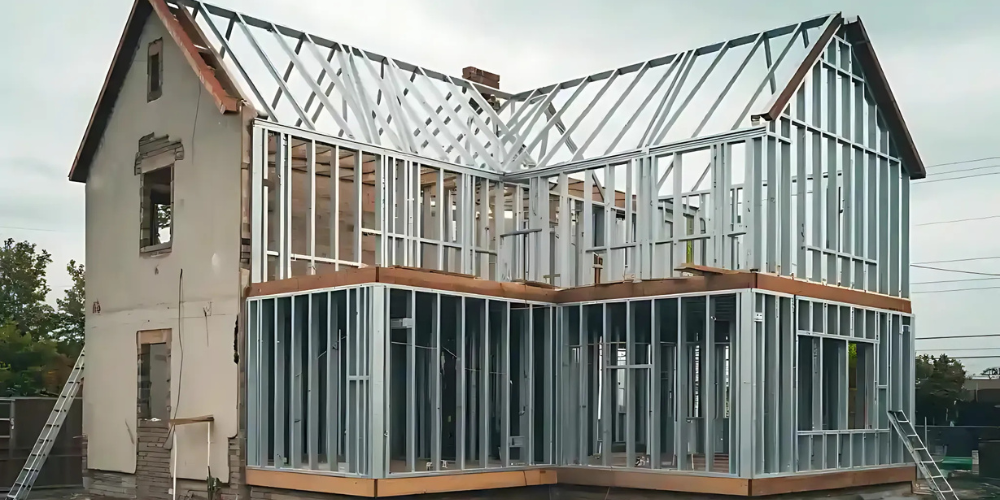
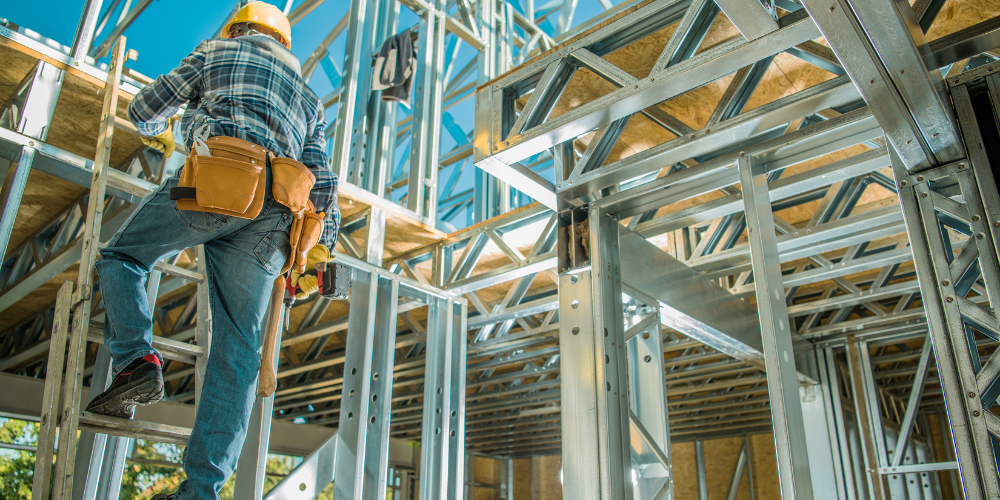
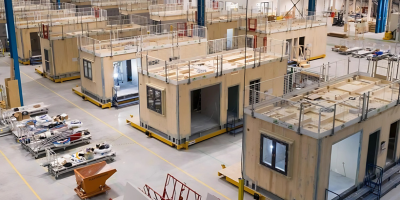
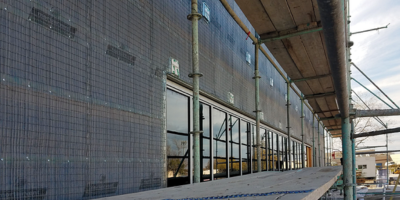
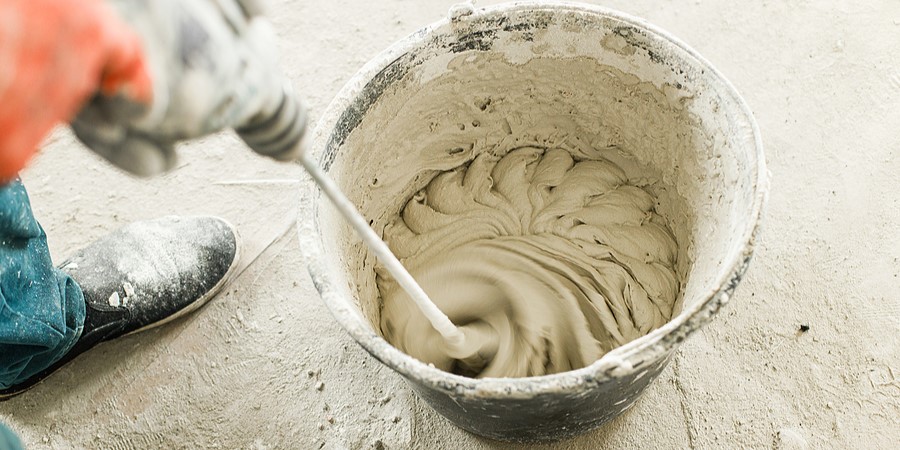
0 Comments Click here to read/write comments